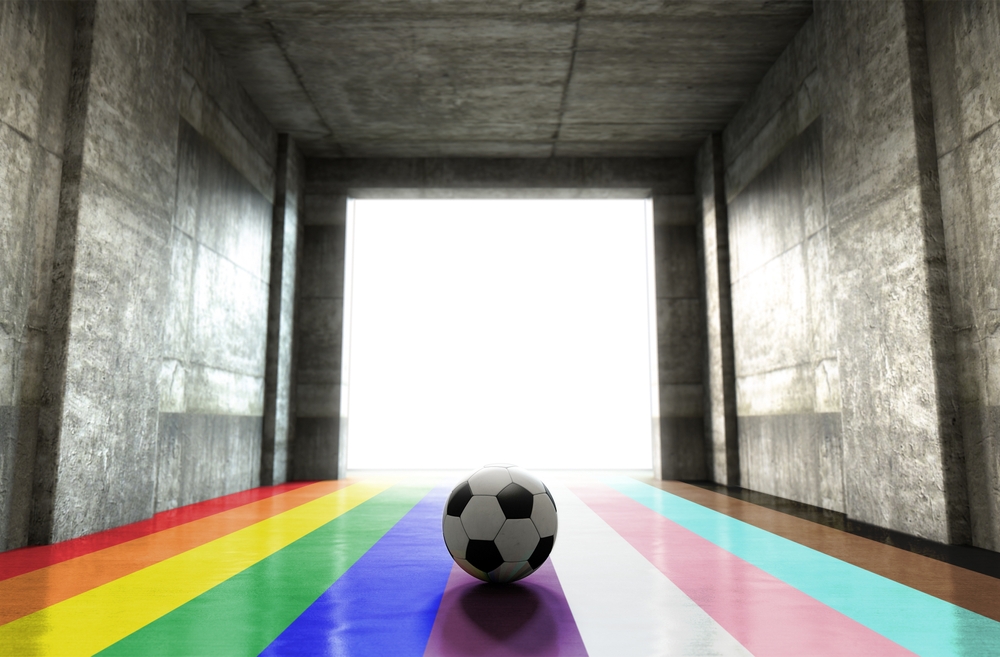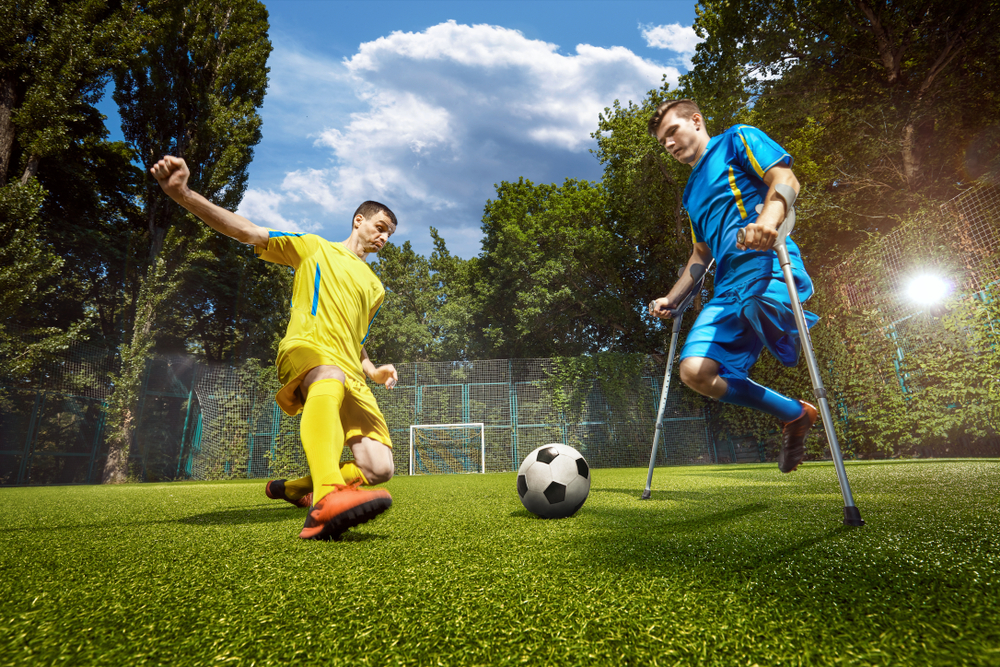Sports have the amazing ability to bring people together from all walks of life, bridging gaps in ability, age, gender, race, culture, and religion. There has never been a more important time for sports to be inclusive. In a world where millions of people are captivated by different sports, it is imperative to cultivate an environment that accepts everyone for who they are, flaws and all. This piece explores the definition of inclusivity in sports, its traits, and the critical role it plays in creating a more welcoming and diverse sports environment.
Recognizing Sports Inclusivity
Defining Inclusion and Diversity:
Diversity in sports refers to the range of personal qualities that make up the community. These include disability, sexual orientation, age, race, culture, and religion in addition to gender. On the other hand, inclusion is a proactive strategy employed by nations and organizations to guarantee that the varied community is represented in the engagement in sports. It entails organizing, directing, and overseeing the provision of sporting opportunities to involve a diverse group of individuals.
Important Features of Inclusion
Inclusion is about removing obstacles to participation; it is not just about diversity. Language, accessibility, attitudes, and discrimination are a few examples of barriers. Everyone is entitled to play sports, regardless of their personal qualities. Giving the community a voice, enabling minorities to participate in decisions that impact them, and fostering a welcoming environment are all necessary for successful inclusion.

Diversity-Based Inclusivity in the Indian Context
India is a leading country in terms of potential inclusivity initiatives due to its sizeable population. According to the 2011 census, there are about 30 million people with disabilities who might gain from an inclusive sports environment. The 2016 Rights of Persons with Disabilities Act requires actions to protect Indians with disabilities’ access to sports. Even with impressive performances at global gatherings, achieving grassroots inclusivity is still a difficult task that calls for changes to finance, infrastructure, and governance.
LGBTQIA+ Inclusivity
The LGBTQIA+ movement frequently goes unnoticed in the narrative surrounding Indian sports. States such as West Bengal and Haryana have policies that restrict language use to “men and women,” ignoring the range of gender identities. Because there aren’t enough gender-neutral amenities in sports infrastructure, non-binary people are marginalized. It is imperative to raise awareness among senior players, captains, and coaches regarding soft barriers in order to foster an inclusive environment that supports and represents LGBTQIA+ athletes.
Encouraging Diversity at the Local Level
Anti-Bullying Actions: Establishing a secure atmosphere is critical. By enacting anti-bullying regulations and holding workshops for kids and coaches, we can fight discriminatory conduct and promote an inclusive culture from the ground up.
Diverse Coaching Staff: Athletic organizations should actively seek out diversity among their coaching staff in order to reflect inclusivity. An atmosphere that is more understanding and encouraging for athletes can be created by having coaches with a variety of experiences and backgrounds.
Mental Health Support: It’s critical to guarantee that community centers created in accordance with sports policies have access to mental health professionals. The strain of peer pressure and cultural norms can be too much to handle. Offering mental health resources can be a vital source of support for struggling athletes.
The Way Forward: Improving Inclusivity
1. Local and Community Projects: Inclusion starts at the local level. The creation of inclusive and accessible youth sports programs should be the main goal of initiatives. Children from a variety of backgrounds can benefit greatly from the introduction of sports through schools and local communities. Early sports education should incorporate diversity education, inclusive coaching methods, and anti-bullying campaigns.
2. Corporate Support and Sponsorship: Businesses can play a big part in encouraging diversity in sports. Corporate sponsorship and support can bolster efforts to remove financial barriers to sports participation. A more inclusive sporting environment can be achieved through infrastructure development in impoverished areas, donations of sports equipment, and scholarships.
3. Media Representation: The media is very important in influencing how society views itself. Improving the way athletes from a variety of backgrounds—including those who identify as LGBTQIA+ and those with disabilities—are portrayed in the media can help mainstream inclusivity in sports. Illustrating tales of tenacity and success can motivate a fresh crop of athletes.
4. Educational Programs: Aspiring athletes can develop awareness and understanding by incorporating inclusivity-focused educational programs into sports curricula. It is important to provide coaches and sports educators with training on how to work with diversity and create an inclusive atmosphere. Stereotypes and biases can be effectively dismantled through education.
5. International Cooperation: India can learn from other countries’ inclusive sports models that have shown great success. Engaging in inclusive sports events and collaborating with international sports organizations can yield invaluable knowledge and resources. The process of making Indian sports more inclusive and diverse can be accelerated by taking note of international best practices.
6. Grassroots Involvement of LGBTQIA+ Organizations: Working together with LGBTQIA+ groups at the local level can make a big difference in fostering an inclusive sports environment. These groups can provide resources, advice, and support to make LGBTQIA+ people feel included and supported in sports.
7. Ongoing Advocacy and Policy Reform: The main force behind policy reform is advocacy. Policy changes that actively support diverse sports participation may arise from ongoing national and state advocacy efforts for inclusivity in sports. It is crucial to review and update sports policies to clearly include provisions for athletes who identify as LGBTQIA+ and/or have disabilities.

Final Thoughts: A Coordinated Approach to Inclusive Sports
To sum up, sports have a greater impact on inclusivity off the field by influencing the development of a more diverse society. Sports have the ability to serve as a role model for acceptance and unity by tearing down barriers and embracing diversity. Leveraging the potential of inclusivity for the LGBTQIA+ community and people with disabilities in India necessitates a coordinated effort at all levels, from grassroots initiatives to policy changes. Sports should be more than just a game; they should be an empowerment platform where people from all backgrounds can feel included and have opportunities. The pursuit of inclusivity in sports is a shared goal for a world that is more peaceful and unified than it is merely a duty.

